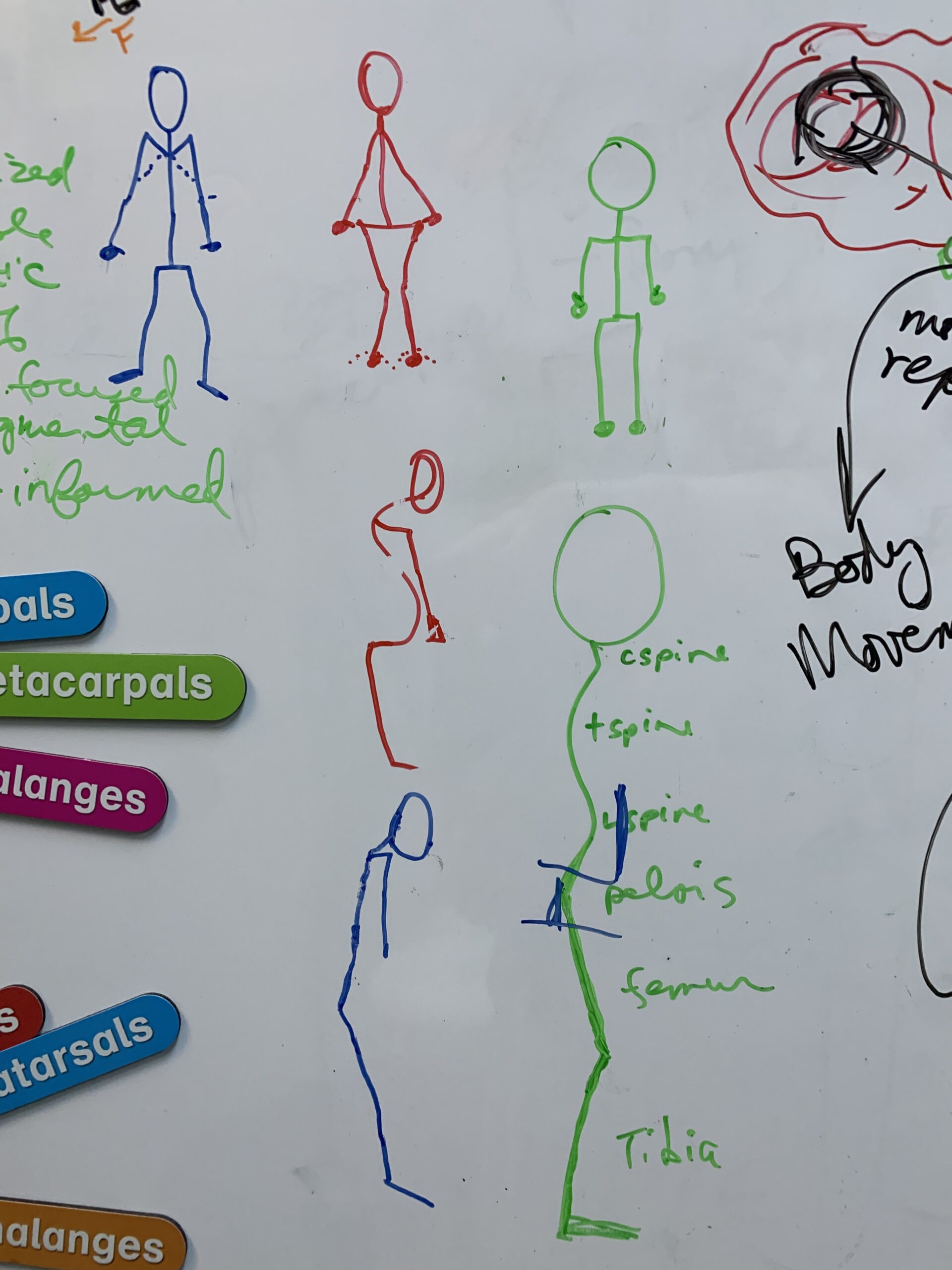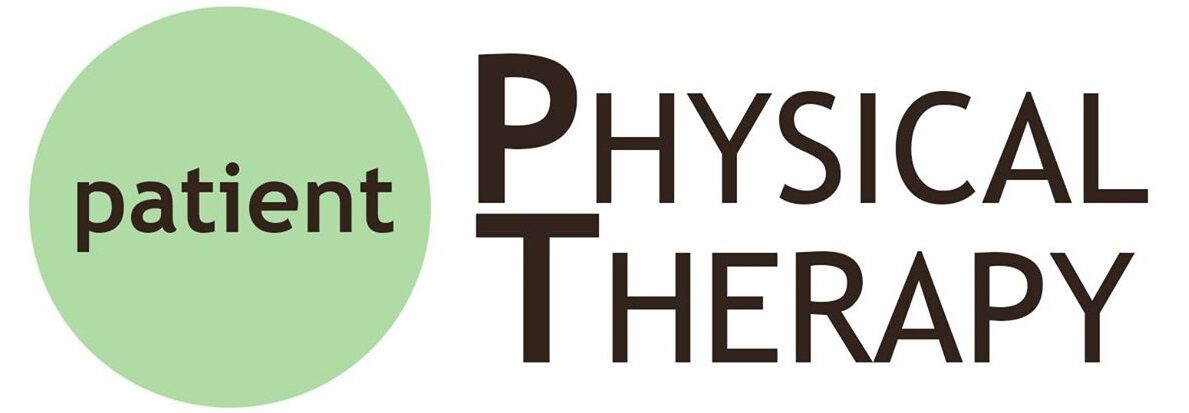Most of my young adult to middle aged clients who had persistent pain are hypermobile and didn’t know it. Some of them knew they were notably flexible, while others had so much muscular stiffness that they thought, “There’s no way I’m extra mobile; I don’t feel mobile at all!” Many of my clients have assumed (like I did) that they weren’t hypermobile because they could never do the splits or dislocate joints the way their bendier friends could.
Hypermobility, along with Ehlers-Danlos Syndromes (EDS) and other contributing connective tissue differences, were thought to be rare until recently, when patient advocacy led providers to realize they were not appropriately screening for it. It is now understood to be common, though prevalence is unknown, and healthcare is way behind on understanding causes, connections, and impacts.
We now know that hypermobility occurs on a spectrum and can involve any joint in the body. The Beighton criteria, though still used as a principle measure of hypermobility, only screens 5 joints. Not meeting Beighton criteria or not being quite as bendy as a friend doesn’t mean you’re not hypermobile. Being hypermobile also doesn’t necessarily mean anything!

Hypermobility that does not cause pain or other symptoms is referred to as “asymptomatic joint hypermobility” and does not need to be treated. The problem occurs when joints are not just hypermobile but are also unstable. Joint instability occurs when the bones of a joint aren’t held in place securely. This can lead to joint subluxations, dislocations, sprains, and other injuries. Joint instability can cause both acute and chronic pain and interfere with daily life. - The Ehlers-Danlos Society
All the joints in my hands are a bit hypermobile. I had noticed that my grip was not very strong. I have discomfort using scissors and opening jars. When I push buttons on the microwave, my finger bends back. These things don’t feel good, but it stops when I stop the motion, and doesn’t cause overall pain that lingers. I minimized the discomfort because it wasn’t debilitating. Now, knowing I have extra movement in my joints that stretches them beyond the point of comfort, I modify. Activities are easier and doing things in the kitchen isn’t painful. When I use free weights to exercise, I hold them differently to avoid overloading my bendy thumb joints.
If you have mysterious aches that you minimize, or a “normal” level of pain that is constant and nagging, know this: the normal amount of pain is 0. Pain doesn’t need to be debilitating to deserve care. It is possible to feel better, it is possible to not be in pain, even if it doesn’t feel that way right now. That’s a message for everyone, bendy and non-bendy alike. I’m ready to help you figure it out and feel better.
